Chase Down New York City’s Cherry Blossoms
As March draws to a close, so too does the bitter season of winter. Marking the transition from the cold months to the warmer is the sudden rush of flowers blooming in gardens and upon tree boughs all across the region. While New York City, often referred to jokingly as the “concrete jungle,” might not seem like a romantic’s ideal location for spring flowers, the city’s many parks and green spaces provide ample opportunity to delight in the budding color. Most specifically, in the cherry blossoms. An ephemeral marker of the earliest days of spring, the fascination with the pink flowers has seized New York. For those interested in witnessing the flowering trees, multiple parks across the city — such as the New York Botanical Gardens (NYBG), Central Park and Brooklyn Botanical Garden (BBG) — have created “bloom trackers,” or web pages where potential visitors can follow the development of the cherry blossoms and subsequently plan their trips to see them.
“Cherry Blossom Tracker” for Central Park divides the park into six different sections, adding a drop down pin at each of the different groves within the 843 acres. The six regions include the West Side and the East Side of the Reservoir, the Great Lawn, (the aptly named) Cherry Hill and Pilgrim Hill. The drop-down pins for each of the regions are one of three colors: green, red and burgundy. As the legend explains, the groves that have a green pin are pre-peak and the burgundy are post-peak. The red pins, of which there is currently only one on the map, show peak bloom. Besides the Great Lawn, which is the one region in peak bloom, every other area of the park is pre-peak. This means that there might be some flowers blooming on the trees, but they have not yet reached their full bloom. While this tracker has a lot of interesting information, especially as it explains the details of the different cherry blossom trees planted throughout the property, it does have a problem. There is no way to gauge when the different regions will reach peak bloom. People interested can research when the different trees bloom, but checking to see what is blooming when is going to be a frustrating process of daily checking.
“Bloom Tracker,” by the NYBG shows a sliding scale of the bloom progress for a variety of different flowering plants. The first item presented is the progression for cherry blossoms, further proving the pull that these flowering trees have on NYC culture. At the moment, it says that the trees are only 10% of the way to peak bloom. Again, this does not explicitly mention when they assume peak bloom to be, but does offer a clearer idea of how near we are to the cherry blossoms’ peak bloom. This map also neglects to mention where in the park the blooming cherry blossoms are, which makes finding the plants in bloom more difficult.
Lastly, “Cherrywatch,” by the BBG, has a very detailed map that shows the location and progression of individual cherry blossom trees throughout their park. The icons, as explained by the legend, show the stages of prebloom, first bloom, peak bloom and post-peak bloom. This is much more descriptive than Central Park’s tracker, and incorporates a sense of progression similar to the NYBG. All in all, this tracker has the most information for the avid cherry blossom viewers.
Cherry blossoms, or “sakura” in Japanese, are a special type of flowering tree, which have large flowers that range in color from soft white to a deep pink. Most of the species that appear in New York City originated in Japan, where they were either discovered naturally or were bred over time for larger flowers and other genetically favorable traits. These latter trees are called “cultivars,” and some types are as old as the eighth century. They typically bloom in mid-April, but because of this past record-breaking, warm winter, most trees started blooming in late March. That being said, not all species of cherry blossoms bloom at the same time. This makes planning out when to go see them particularly annoying, which has sparked the trend of creating “bloom trackers” for various parks.
The fascination with cherry blossoms began in Japan’s Heian Period, which ranged from 794 CE to 1185 CE. Referred to as “sakura” in Japan, the practice of both admiring and cultivating cherry blossoms has continued through the centuries. Artwork from that period onwards illustrates men and women lounging on blankets and cushions, drinking tea as they bask in the beauty of the cherry blossoms. This trend disseminated into Europe and the United States during the 19th century, following the end of Japan’s closed border policy. Western fascination with Japan sparked trends like “japonisme,” which fundamentally affected the direction of the West’s visual culture. As a result of Japanese material goods, culture and even people traveling to different parts of the Western world, interest arose in the importation of their cherry blossom trees. Through the joint efforts of Mrs. Eliza Ruhamah Scidmore, Dr. David Fairchild, the First Lady Helen Taft and, perhaps most importantly, Yukio Ozaki (Tokyo’s mayor at the time), cherry trees were first planted alongside the Potomac in Washington D.C. It wasn’t long afterwards that love for the delicate, pink blossoms spread throughout the country, and soft, pink petals carpeted New York City streets.
Give in to the cherry blossom mania and visit one of the three parks listed in this article, or the various other locations where pink flowers bloom on tree branches throughout the city. In Japanese art and literature, the cherry blossoms often symbolize the ephemeral nature of beauty — how it exists for a few short moments before fading away. While a bit macabre, it’s a worthwhile statement to consider. The cherry blossoms last only for a few short weeks, so start checking the blossom trackers and get your cameras ready.
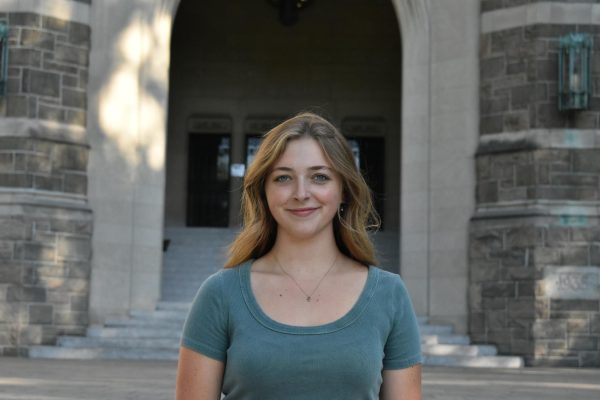
Kari White is a senior from the blink-and-you’ll-miss-it state of Delaware. She is majoring in English with a concentration in creative writing, as well...





































































































































































































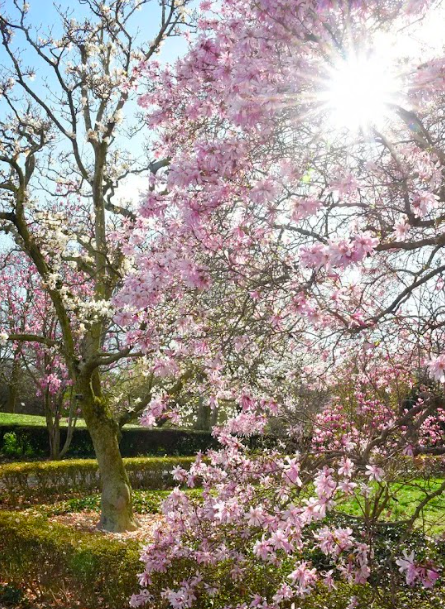




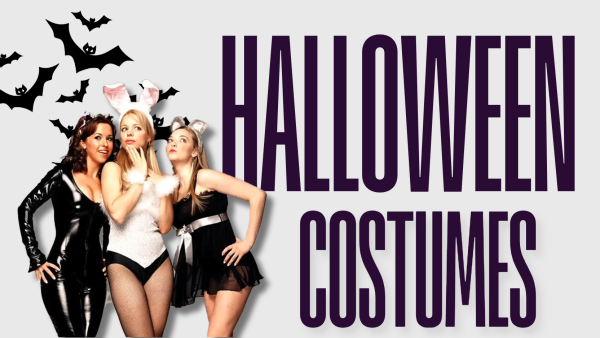
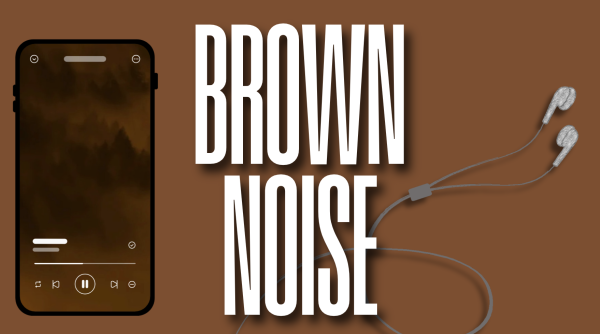
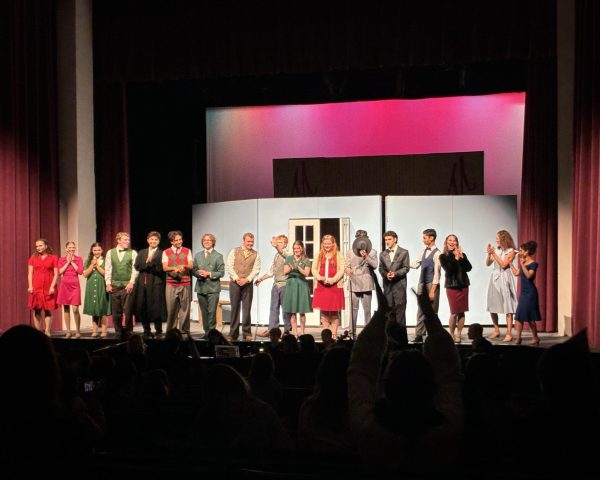
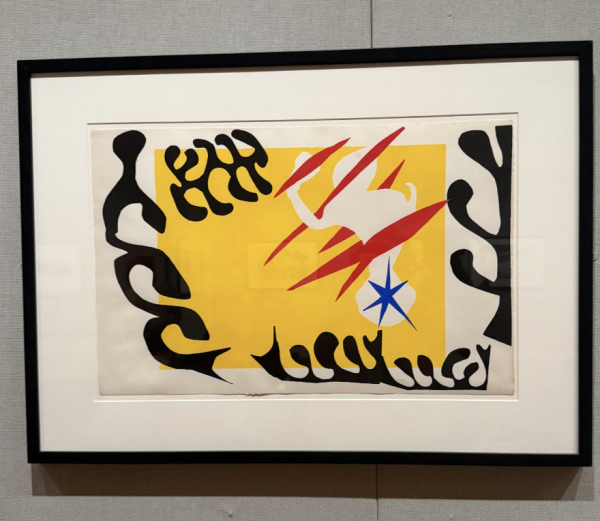
Loretta Jones • Apr 2, 2024 at 7:49 pm
Your article left out Bronx Community College of the City of New York’s Cherry Blossoms Trees.